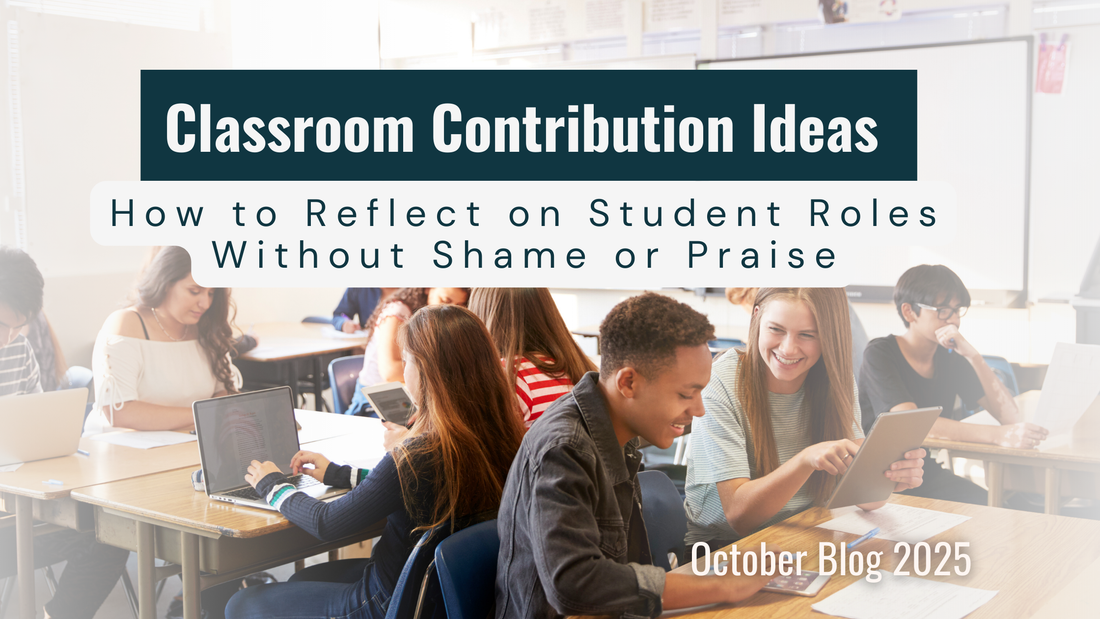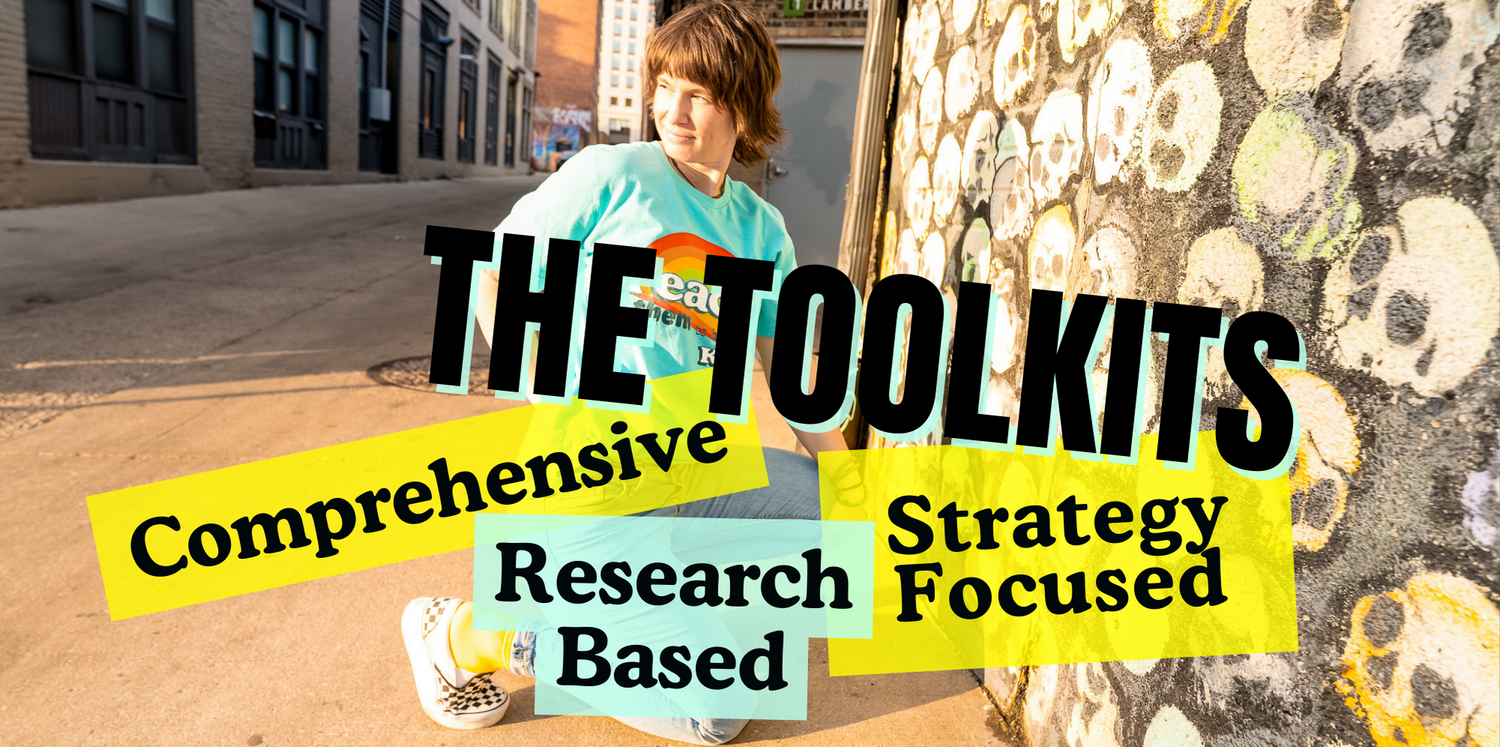
How to Reflect on Student Roles Without Shame or Praise
Share
Reflecting on Student Roles Without Shame or Praise
Turn contribution into connection—not competition
When contribution roles are part of daily life, reflection is what gives them meaning.
But without structure, reflection can drift off course. It:
- Becomes performance-focused
- Turns into blame or finger-pointing
- Reinforces perfectionism or shame
Here’s how to make reflection a regulation and identity practice, not another evaluation.
1. Begin With a Collective Check-In
Start with the system—not the students.
Ask:
- “What helped the class run today?”
- “What step in our system was hardest?”
- “Where do we need more support?”
Set the norm early:
“We don’t name people—we name parts of the system.”
When something breaks, the goal isn’t blame—it’s repair.
Say:
“If someone’s role didn’t go smoothly, the system needs tuning.”
“When one person struggles, we all feel it. We fix it together.”
If a student starts to blame, stay calm and return to the norm:
“We’re a community. Let’s look at what the system needs.”
Over time, this shifts focus from fault to function—a key step in building belonging and psychological safety.
Toolkit users: See Classroom Environment Toolkit, page 19, for system-based reflection and routine repair strategies.
For The Neurodivergent Toolkit & Workshop click [HERE]
2. Guide Students Toward “I” Statements
Reflection builds self-awareness when it’s personal and structured.
Use prompts like:
- “Something I noticed during my role was…”
- “One thing I needed today was…”
- “A choice I made that helped the class was…”
- “Something I’d do differently next time is…”
Students can:
- Record responses on role-specific reflection slips
- Partner with another role-holder to debrief
- Share overall patterns, not performances
This language centers growth and regulation, not approval. It teaches students that contribution is about noticing impact—not earning praise.
Toolkit users: Pair this with the Instruction Toolkit reflection templates and Sentence Stems appendix for scaffolds that support diverse language abilities.
To get 100 more ideas get The Neurodivergent Toolkit & Workshop [HERE]
3. Normalize Repair—Out Loud
Mistakes are data, not defects.
Model what repair sounds like:
“You forgot your line? That’s feedback—let’s plan a visual cue next time.”
“We missed the timer—what could help us stay on track tomorrow?”
“That moment was messy, and that’s okay. We’ll reset and keep going.”
This isn’t leniency; it’s leadership practice.
When we treat errors as opportunities for collaboration, we strengthen resilience, confidence, and trust.
Toolkit users: See the Classroom Environment Toolkit, page 16, for routines that integrate visual cues and repair language.
Coming Next: How Contribution Builds Every Core Need
So far, we’ve focused on belonging—but contribution also nurtures:
- Safety: predictability and repair
- Comfort: routine and relationship
- Autonomy: choice and agency
- Competency: growth and confidence
In the next post, we’ll map your contribution systems to all four of these needs so every role meets everyone’s needs.
📘 The Neurodivergent Toolkit includes the full Five-Needs Model plus the Behavior as Communication Workshop, showing you exactly how to connect contribution to regulation, belonging, and motivation.
👉 Click here to get started.







